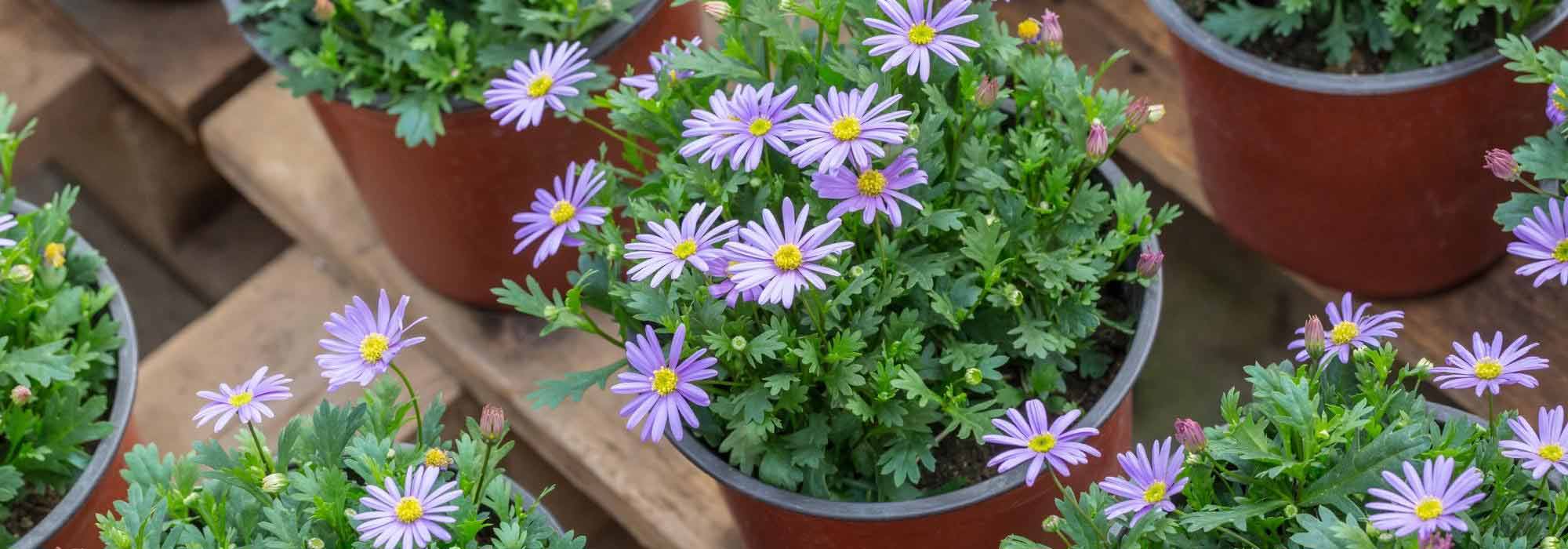
How to grow a kalimeris in a pot?
Our tips to enjoy a profusion of flowers on your terrace or balcony
Contents
Kalimeris are lovely perennials that are easy to care for. Also known as “Summer Asters” or “Japanese Asters,” their simple, country-style appearance, adorned with small daisy-shaped flowers from May to June until the frost, along with their ease of cultivation and disease resistance, make them allies for gardeners, both experts and amateurs. In pots, containers, or window boxes, kalimeris can add a light touch of colour to the surroundings of your home and living spaces such as terraces, courtyards, or balconies… If you’re tempted to grow these lovely relatives of Asters, discover everything you need to know to successfully cultivate kalimeris in pots.
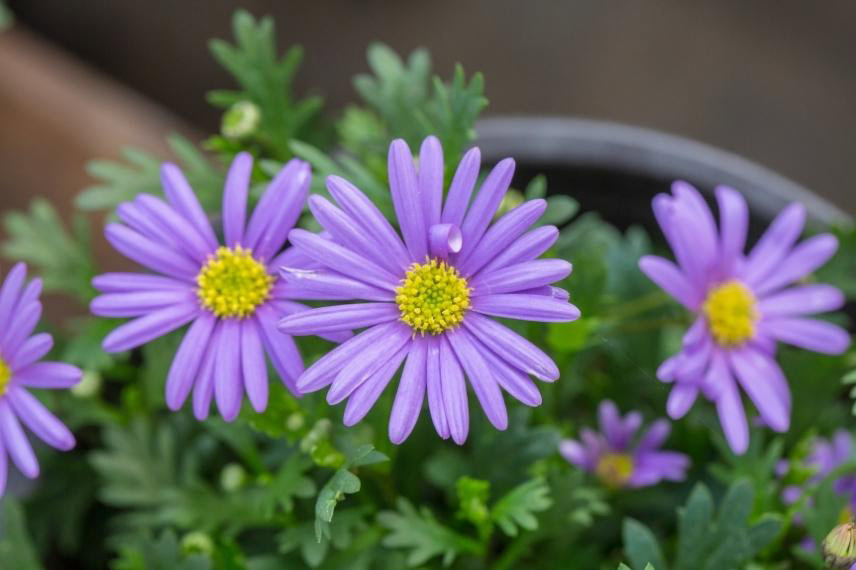
The daisy-shaped flowers of kalimeris
When to plant kalimeris in pots?
Read also
Kalimeris: planting, growing and careWhat type of pot to choose?
Concerning the choice of pot, rely on your aesthetic preferences and the style of the location where you wish to install them. As kalimeris are rhizomatous perennial plants, they do not require very deep rooting to thrive and are easy to grow. Whether the pot is round, square, or rectangular will also depend on your tastes!
Size the pot according to the size of the chosen kalimeris: The Kalimeris incisa will have a lovely bushy habit of 50 cm with a height of 80 cm. Choose a pot with a minimum diameter of 50 cm to allow it to develop properly. The Kalimeris incisa ‘Nana Blue’ will have a more compact habit of 40 cm in all directions. You can plant it in a slightly smaller pot or a beautiful planter, accompanied by other perennials or bulbs.
Keep in mind that wooden and terracotta planters and troughs are more environmentally friendly than resin or plastic pots.
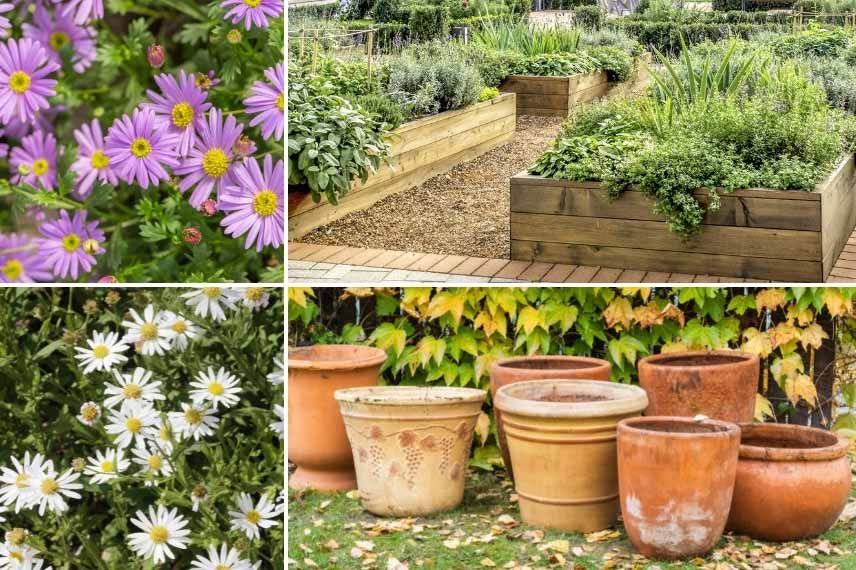
Kalimeris can be planted in any style of pot, including the troughs of a square vegetable garden
Discover other Kalimeris
View all →Available in 0 sizes
Available in 2 sizes
Available in 1 sizes
Available in 3 sizes
Available in 1 sizes
Available in 1 sizes
Available in 1 sizes
Available in 2 sizes
Available in 2 sizes
Available in 1 sizes
What type of substrate to choose?
Kalimeris thrives in rich, light soils to delight you with its bouquets of white, purple, or lilac-blue flowers.
- Therefore, ensure you provide the necessary nutrients for its growth and flowering in a light substrate, such as potting compost for containers and pots.
- If you have good garden soil that is rich and non-clay, you can also use it to repot your kalimeris, possibly adding 1/3 of homemade compost or a natural fertiliser.
- When planting, remember to drain the bottom of the pot by spreading a layer of gravel or clay balls.

→ Browse our articles on composts and fertilisers:
Read also
7 pairing ideas with KalimerisWhich Kalimeris to choose?
To make your choice, discover our varieties of kalimeris. Orient yourself based on the desired colour, size, and flowering period, whether you prefer an earlier or later flowering:
The lilac-blue kalimeris:

- Kalimeris incisa – Flowering from July to September. Height: 80cm – Spreading: 50 cm
- Kalimeris incisa ‘Blue Star’ – Flowering from June to September. Height: 60cm – Spreading: 30 cm
- Kalimeris incisa ‘Charlotte’ – Flowering from June to September. Height: 60cm – Spreading: 50 cm
- Kalimeris incisa ‘Nana Blue’ – Flowering from June to September. Height: 40cm – Spreading: 40 cm
- Kalimeris mongolica ‘Antonia’ – Flowering from July to November. Height: 80cm – Spreading: 50 cm
- and Kalimeris yomena ‘Shogun’, with variegated foliage – Flowering from June to September. Height: 60cm – Spreading: 40 cm
The white kalimeris:
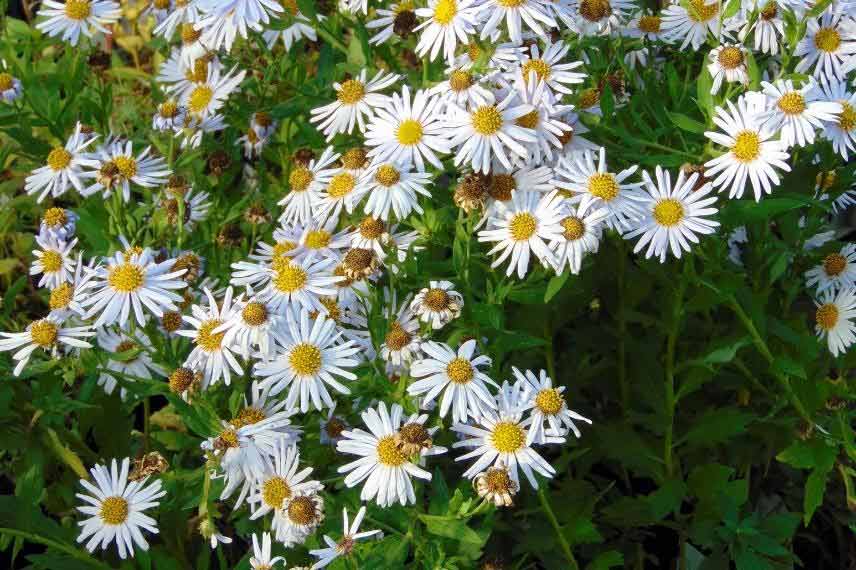
- Kalimeris incisa ‘Madiva’ – Flowering from July to September. Height: 80cm – Spreading: 60 cm
- Kalimeris pinnatifida var. hortensis – Flowering from June to September. Height: 60cm – Spreading: 50 cm
All these kalimeris have a hardiness of up to -15°C, keeping in mind that the root ball of a potted plant will be less protected from the cold than a plant in the ground.
Which exposure to choose?
Most kalimeris thrive in sunlight and brightness. Therefore, allocate them a spot in full sun to make the most of their generous flowering, except during the scorching and prolonged summer sun in southern regions. During heatwaves, ensure they are placed in partial shade during the hottest hours of the day, as potted plants suffer more from the heat. The Kalimeris incisa can be positioned in partial shade regardless of the season.
How to care for your kalimeris?
- As kalimeris prefers rather cool soil, water it regularly while allowing the substrate to dry out between waterings. The coolness at the base can be effectively maintained with mulching.
- Removing faded flowers as they appear will encourage abundant and prolonged flowering.
- Pinching back the long flower stems will help maintain a dense and ramified habit, ensuring good flowering.
- Regular applications of fertiliser or organic matter (compost) will compensate for nutrient loss in the substrate. The frequency of applications will depend on the chosen fertiliser, so be sure to follow the recommended doses on the packaging.
- Cutting back the deciduous clumps to the base each spring will allow the plant to grow vigorously from the base each year.
- If an intense cold snap below -10° C is forecast, be sure to protect your potted kalimeris with a thick mulch, while avoiding stagnant moisture in the pot.

Watering, mulching, and cutting back kalimeris clumps
- Subscribe!
- Contents
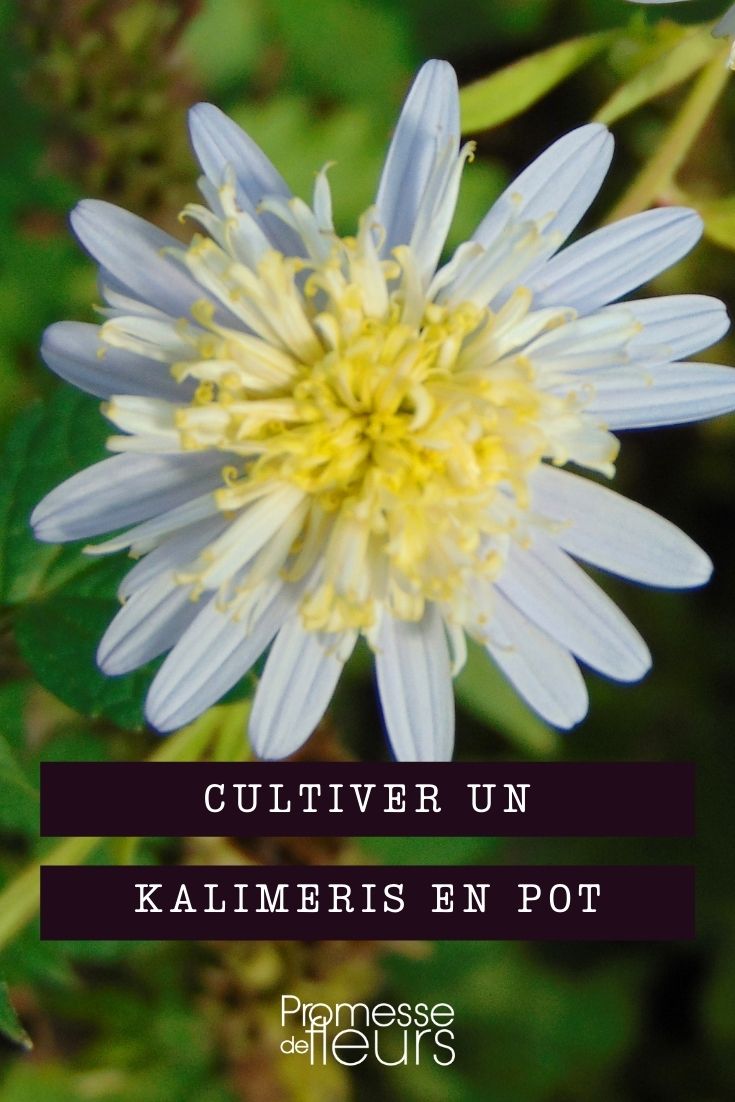































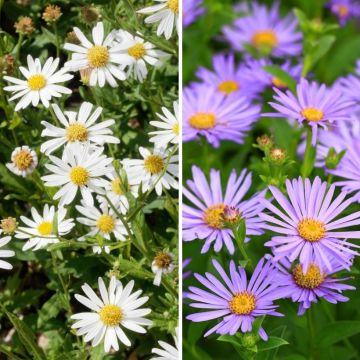

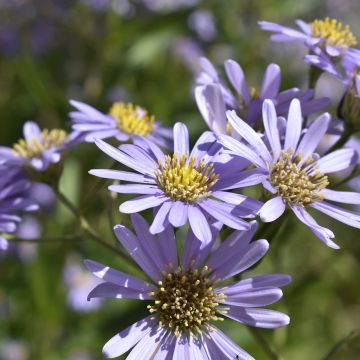


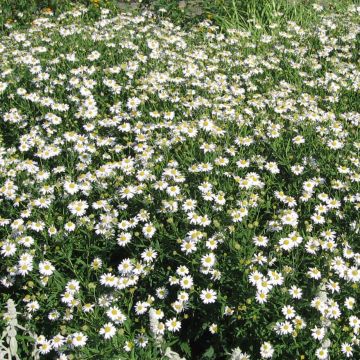
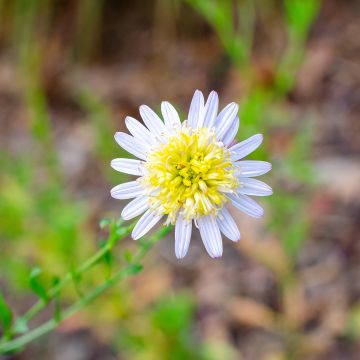
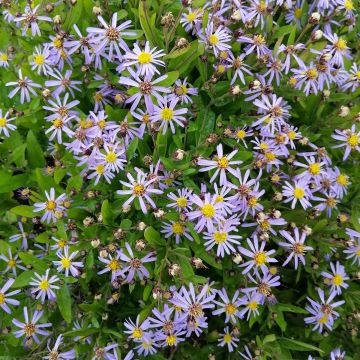
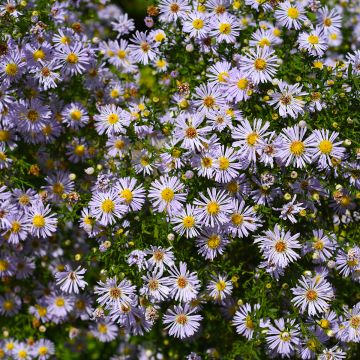
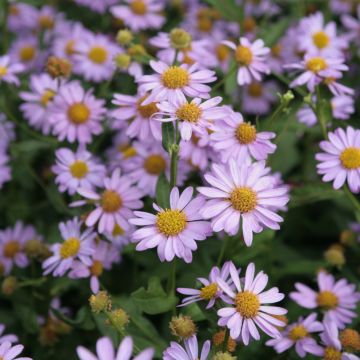
Comments